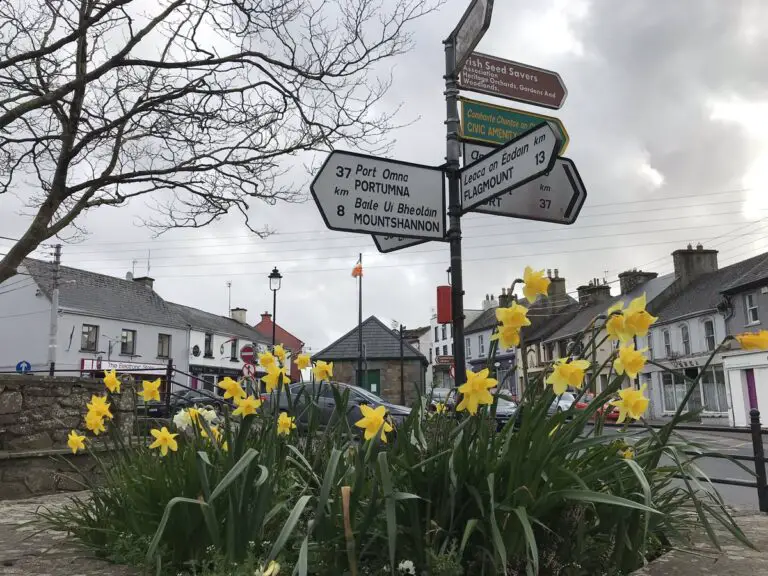Population allocations set out in the National Planning Framework (NPF) and Regional Spatial and Economic Strategies (RSES) adopted by the three Regional Assemblies need to be urgently revised, Clare councillors have warned.
An “imbalance in the allocation of population” exists in the NPF and RSESs, Cllr Joe Killeen (FF) flagged as he called on Clare’s Oireachtas members and Clare County Council to intervene.
Projections forecast population growth of 45,000 (Galway City), 40,000 (Limerick City) and 10,000 (Clare), Cllr Killeen outlined as he shared his sympathy for individuals trying to secure planning permission in rural parts of the county and remote workers eyeing up a move to Clare, “accommodation is expensive and scarce”. He added, “at the end of the plan Galway City will have a bigger population than all of Clare”.
Director of Economic Development, Liam Conneally acknowledged that projected population targets from the NPF have been incorporated into the RSESs forming “the broad population parameters for each local authority development plan preparation process”.
Each County Development Plan will have to set out a clear housing supply target for the relevant six-year (i.e. quarter-to-quarter) plan period “consistent with the prescribed methodology” as set out by the Department of Housing, Local Government and Heritage. This targeted distribution of housing and population is referred to as the ‘settlement hierarchy’ and it “dictates the nature of the core strategy statement”.
Speaking at a recent meeting of the County Council, Cllr Joe Garrihy (FG) described the matter as “a core issue in relation to the sustainability of rural parts of Clare”. Cllr Cillian Murphy (FF) agreed with these sentiments, “This issue goes to the heart of if we really want rural development. What is the impact of this diktat on the capacity of West Clare to reap the reward of what is coming from Moneypoint. The grandsons of the original Moneypointers are playing football for Naomh Eoin and O’Currys, we need that to continue with the next generation of workers in Moneypoint”.
Getting people back living in rural communities was at “the heart of the debate,” Cllr Pat Hayes (FF) interpreted. An increase of 25,000 to 30,000 tradespeople will be needed “to have any chance of delivering any targets,” Cllr Michael Begley (IND) maintained and added, “we need those people in the next year or two if this plan is to meet any targets”.
Projections for Clare were labelled as “highly questionable” by Cllr Pat McMahon (FF), “half of Ireland is bright and half is dark, the half that is dark is the west coast,” he stated. “We in East and they in West will find it very hard to support the draft County Dev Plan if we don’t look at what Cllr Killeen is proposing this evening,” Cllr Joe Cooney (FG) stressed.
Conneally told the meeting that this will be “one of the more difficult exercises” of the County Development Plan and noted a requirement in legislation to be consistent with the Regional Assemblies. “Overzoning of land in a very significant way ultimately led to a crash in 2008 or 2009,” he added.
Chief Executive of Clare County Council, Pat Dowling offered assurances that local authority staff were as “ambitious for the future of Clare” as elected representatives. “The way this operates, it is controlled from the centre, it has been in the past and continues to be an urban centric model. Forward planning in the context of how it is impacting on Clare is stand-still planning. There is no point cursing that darkness in the west, we have to push the limits of our planning process as Liam has said and set out our stall. We’ve got to do what we can ourselves for Co Clare”.


















